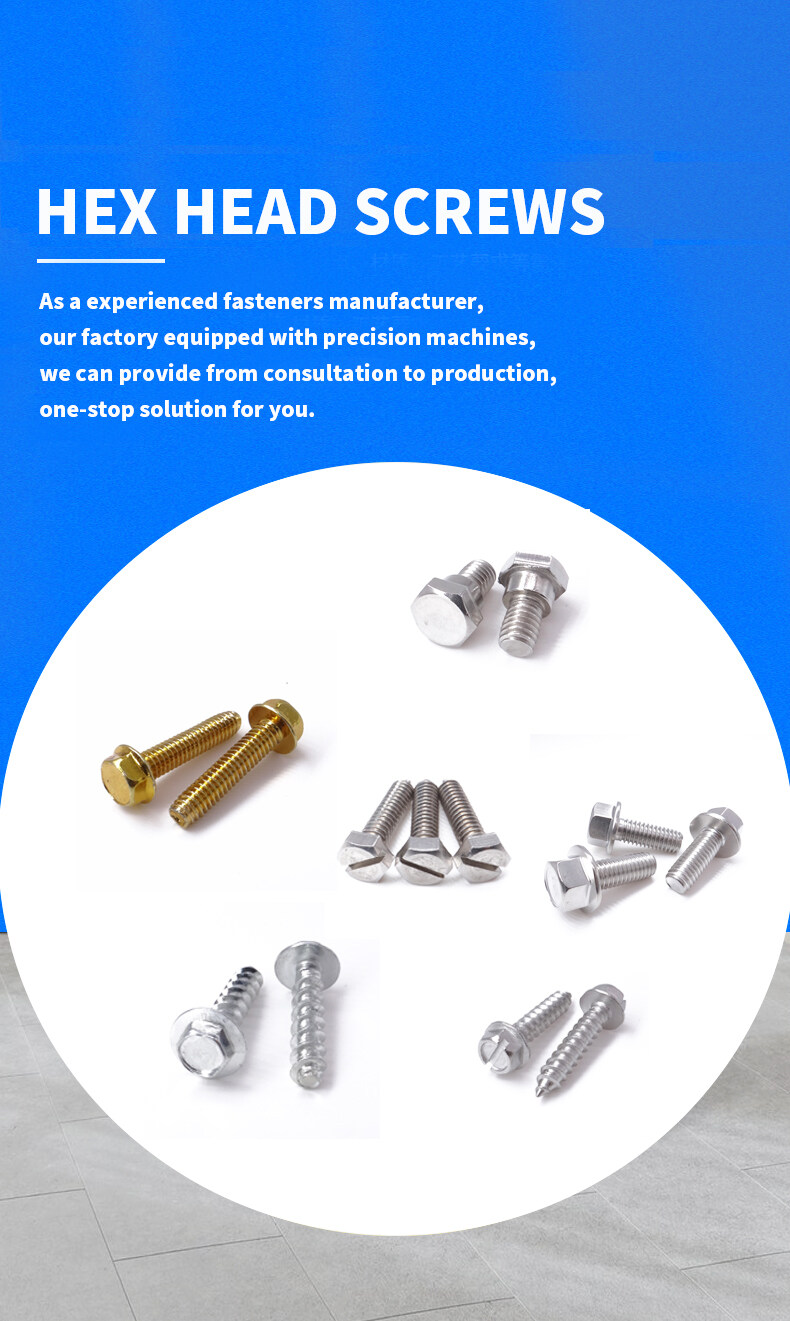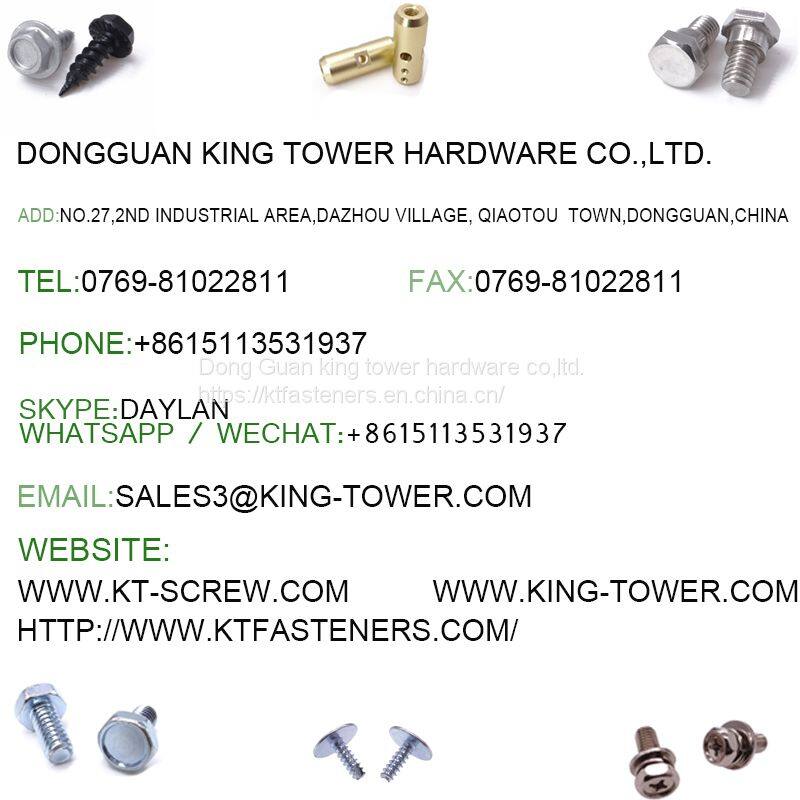Home > Company News > How to making screws?
Company News

Screws are common fasteners used in various applications, from furniture assembly to building construction. The process of making screws involves several steps that ensure the product's quality and reliability.
The first step is cold heading . This process involves shaping metal wire blanks into the basic shape of a screw head using a machine called a header. The wire blanks are fed into the machine, and a series of dies apply pressure to deform the wire into the desired shape. The header also stamps the screw's shank with threading.
Next, the screw undergoes drilling . This process involves creating a hole through the screw's shank, creating a channel for the fastener to secure objects. Depending on the type of screw, drilling can be done before or after the cold heading process.
After drilling, the screw moves to threading or rolling. This is the process of creating the threads on the screw's shank. In thread rolling, the screw passes through a set of dies that mold the screw's surface into threads. This process creates a stronger, more durable thread than traditional threading methods, such as cutting. Rolling can be done before or after the screw's heat treatment.
The final step in making a screw is heat treatment. Heat treatment involves heating the screw to a specific temperature, which alters its physical and mechanical properties. This process improves the screw's hardness, toughness, and strength, making it suitable for various applications.
Screws can also undergo secondary operations such as plating, coating, and packaging. Plating involves applying a thin layer of material such as zinc, nickel, or chrome to the screw's surface to protect it from corrosion. Coating involves applying an adhesive or lubricant to the screw's surface to improve its performance. Finally, packaging involves grouping screws together and labeling them for shipping and handling.
In conclusion, making screws requires a series of precise and controlled steps to produce a high-quality fastener that can withstand various conditions. From cold heading and drilling to threading and heat treatment, each step ensures the screw's reliability and performance.

-
Ball Plungers
-
304 stainless steel Pan head pin with hole/Pin M6 M8*10 12 16 20 25
-
304 stainless steel split pin /pin 1.5*20
-
GB892 bolt/shaft end ring
-
spreading dowel
-
Hex key imperial Allen key 1/16 5/16 3/32 3/32 5/16 3/16 7/32 to 1/4
-
micro Self-Clinching – Type MPP-1MM/1.5MM/2MM-L
-
micro Self-Clinching – Type MPP
-
Unthreaded, Flush – Types TP4, TPS, TPXS
-
Screw Head, Spring-Loaded, Compact – Types YD-PF7M, YD-PF7MF
-
Floating – Types A4, AS, AC, LA4, LAC, LAS
-
Brass stainless steel carbon steel grub screw set screw micro screw
-
Spiral Flange Pile Earth Screw Pile High Quality Foundation Anchor Ground Screw
-
countersunk with wings Head Self Tapping Screws Phillips Head Self Drilling Screws Sheet Metal Screws
-
High Quality Self Drilling Screw Roofing Screws Truss Head Flat Head Blue Withe Zinc Plated
-
Flat Head Self Drilling Screw with Wings and ribs and Phillips Drive
-
special customization wood with Wings drilling screw countersunk head screw self-drilling
-
Carbon Steel Galvanized Self Drilling Screws with Countersunk Wings
-
Carbon Steel Stainless Steel Self Drill Countersunk Head Winged Tek Self-drilling Screws
-
Phillip Flat Head Self Drilling Screws With Wings Decking Screws
-
Customized Carbon Steel Zinc Plated Cross Flat Head Phillips Self-Drilling Screws With Wing
-
Non-slip Flat head CSK self drilling white blue zinc plated screw with wings for building and construction tornillos
-
Hardware fasteners flat csk head stainless steel 304 self drilling tek screws with wings
-
Hot selling and good quality self drilling screw with countersunk wings


